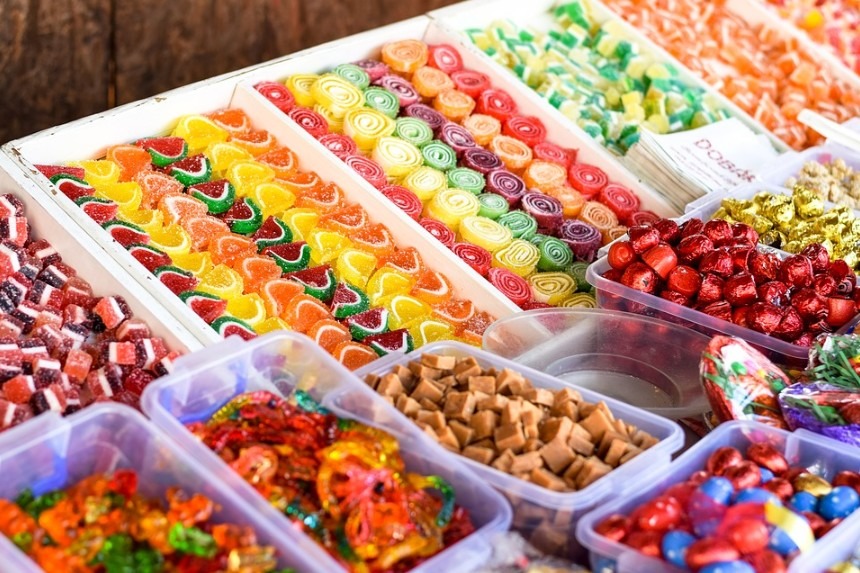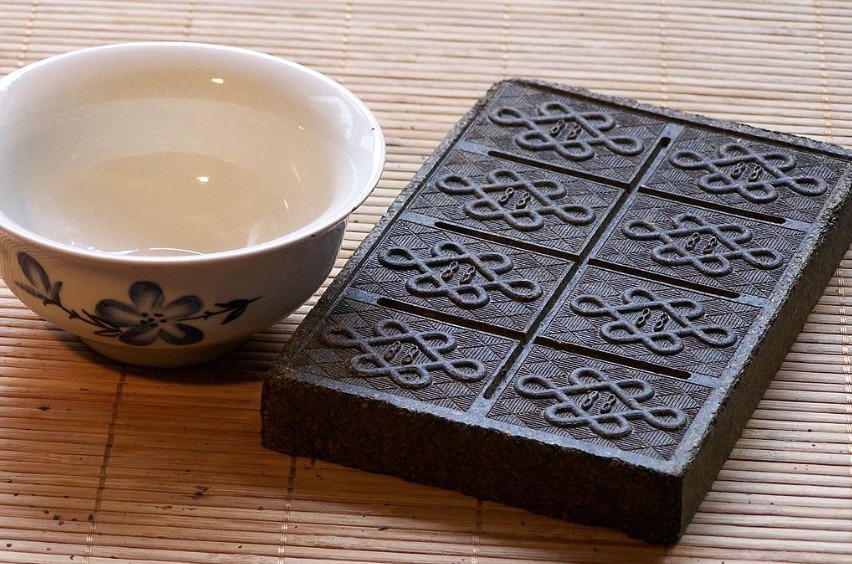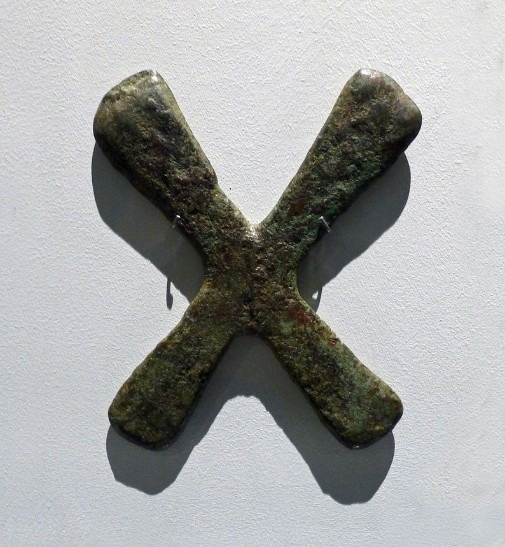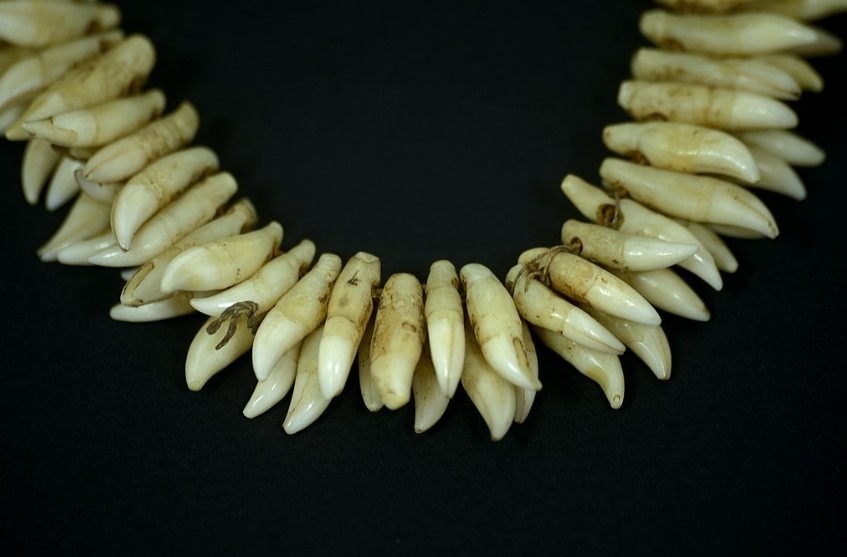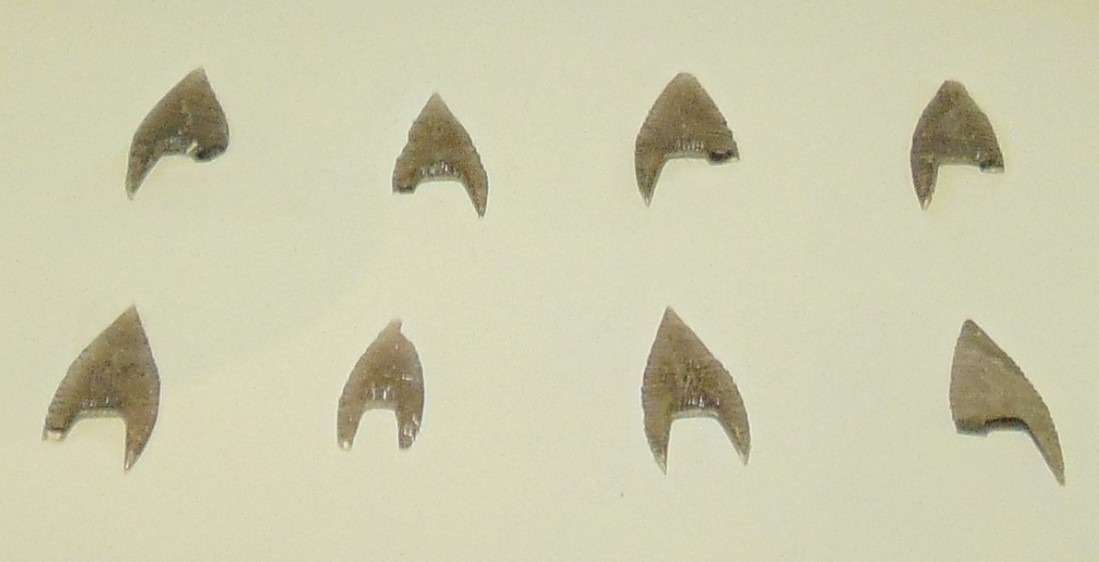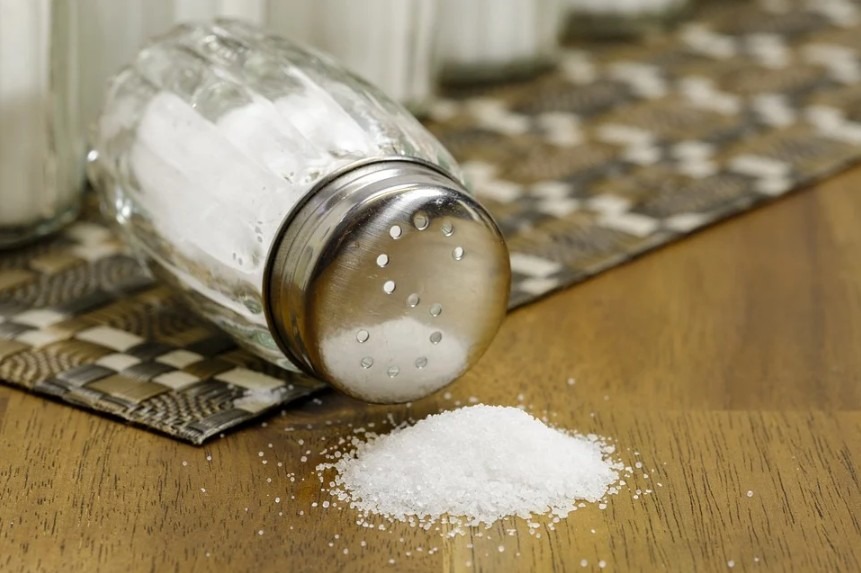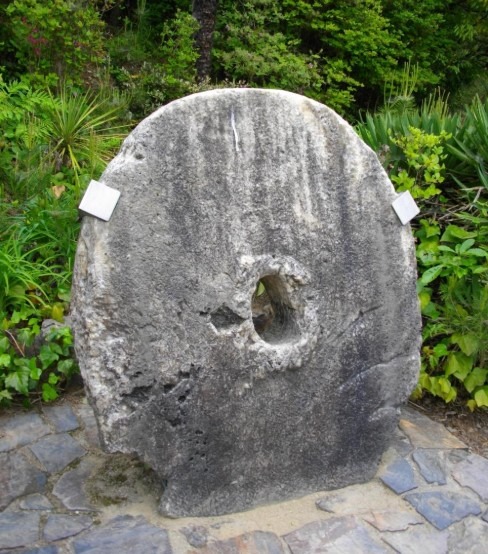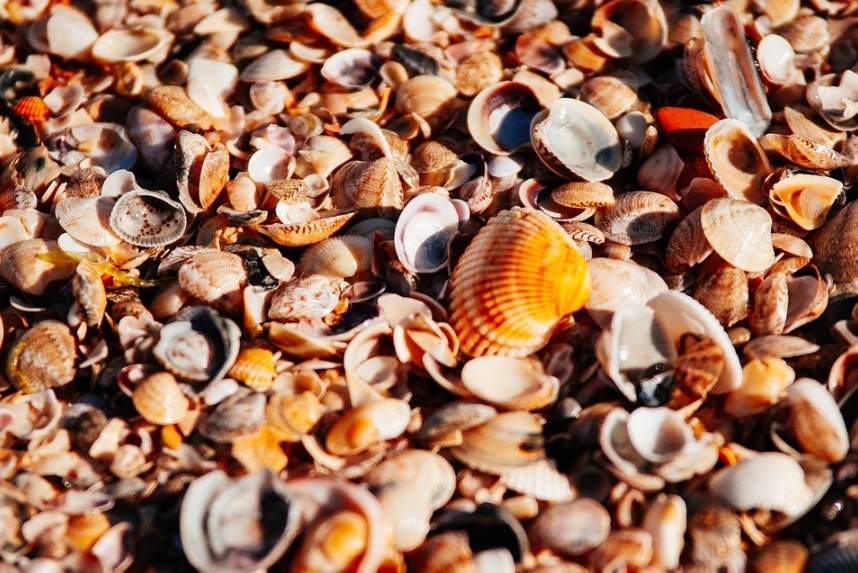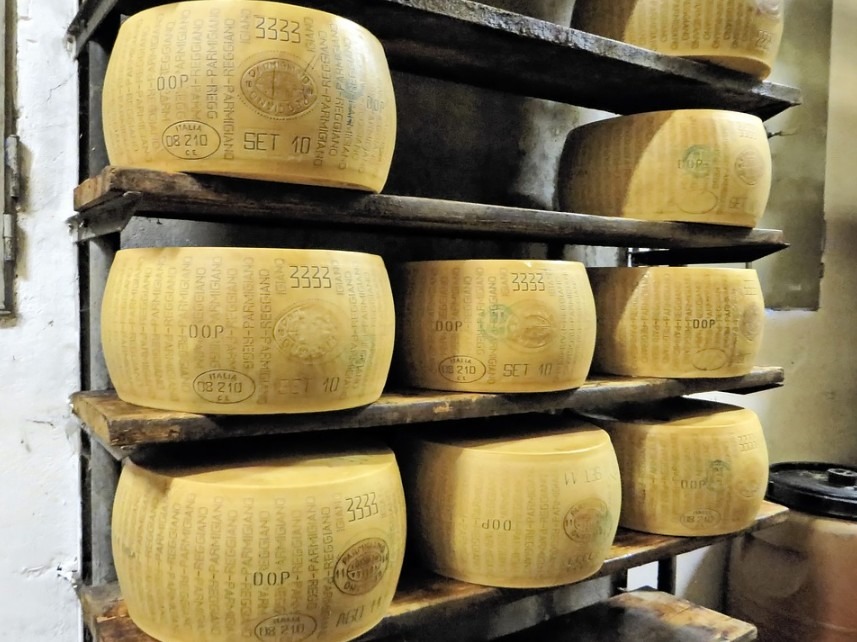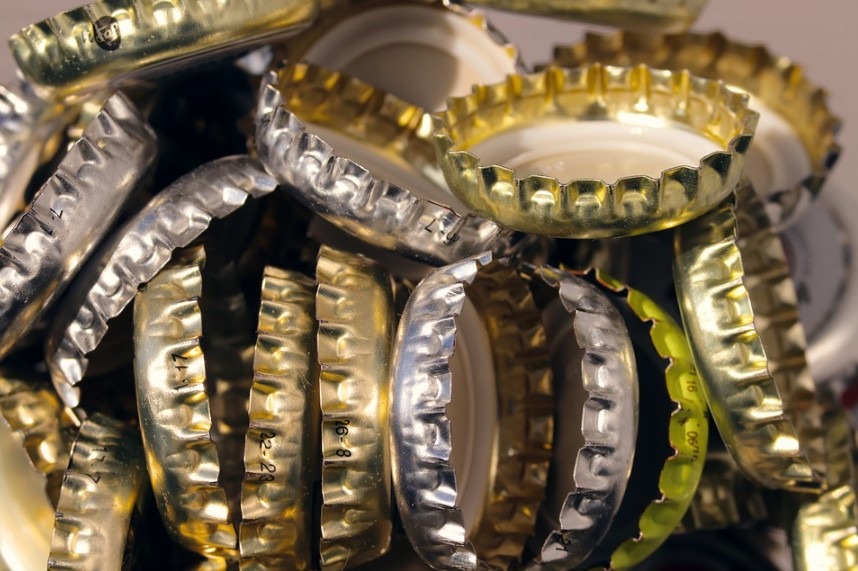In the present time, people can earn money easily by working or by selling different things. And when financial problems strike, there are services that we can turn to that can help us, like taking out a personal loan, for example, just like what asteria.com.ph offers. But during the early days, people from different parts of the world used different kinds of things as their money or currency. Before coins, paper money, and cheques were made and used, people had to use different objects to do business.
This means that during those times, people do not receive money, food, or payment for work done. What they did was they traded different commodities and objects for things that they needed. And the strange types of money they had back then were no longer used by the majority today. But when you knew what these things are, you’ll be surprised how valuable they were before. If you want to know these types of money, then you’re in the right place. Today, we are giving you a list of the ten unusual things that were used as money around the world.
1. Candies
In 2008, Buenos Aires suffered from a huge lack of coins. This happened due to businesses that took in a lot of loose change and sold them in the black market. When this happened, people used candies as a form of payment in place of coins. Imagine how valuable candies were during that time in Buenos Aires.
2. Tea Bricks
Tea bricks were used as currency in Russia, China, Tibet, and Mongolia from the 9th century until World War I. They were made by pressing tea leaves together, forming brings. These bricks were made in different sizes and shapes. The value of each tea brick was assigned by the quality of the leaves and as well as its availability in the area.
3. Katanga Crosses
Katanga crosses looked like they were made by ancient people. These copper figures were used as money in the 19th and early 20th centuries in parts of what is now known as the Democratic Republic of Congo. These Katanga crosses are made in different sizes. An average cross is about 20 centimeters in diameter and weighs about 1 kilogram.
4. Dolphin Teeth
It may be hard to believe, but there are places across the Solomon Islands where dolphins’ teeth are being used as money in our modern world. Based on research done by the journal called Royal Society Open Science, there were more than 15,400 dolphins that were killed from 1976 to 2013 for their teeth. This is mind-blowing and sad to know at the same time that they had to be killed for their teeth.
5. Arrowheads
Arrowheads are a truly fascinating type of ancient money that originated from the northern part of the Black Sea. It is known as the first equivalent of money in that area. Arrowheads were valued for their bronze consistency, and as well as for their ability to be used as weapons. They were used as coins and were cast in many shapes. Eventually, they took on the more intricate form of fish and dolphins.
6. Salt
During the time of the Romans, salt was famous as a form of money. It was very important when transacting as it was used in seasoning meat and as well as for preserving food. Aside from that, people also used it in treating wounds as an antiseptic. It means that during those times, you can use salt to buy many other things that you need from other people.
7. Rai Stones
Rai stones are undoubtedly the most massive form of money in history. They were used as money from around 500 A.D. on the island of Yap. Each stone represented its own history, which determined its value. If the stone was difficult to create and transport, the more valuable it was. Even when Rai stones were replaced by modern coinage, they are still being used between the Yapese.
8. Shells
Shells are probably the most beautiful item that was used as money. Shell money was once normally used in almost every continent, including Asia, Africa, America, and Australia. In fact, evidence was found by archaeologists that the shells were used as a means of payment for at least 1200 BC on. And oddly enough, shells are still being used today in some remote parts of the world as money.
9. Parmigiano Reggiano Cheese
Italians indeed love cheese. In fact, they love it so much that Credito Emiliano, an Italian bank, accepts parmesan cheese as a form of payment. This regional bank has accepted curious collateral for small cheese business loans since 1953 of giant wheels of Parmigiano Reggiano cheese. Aside from that, other banks in Italy also took parmesan cheese as a form of money, which dates back to several hundreds of years.
10. Bottle Caps
Many people in Cameroon use beer bottle caps as some sort of money. Most of them are used for acquiring small services or goods that are coupled with cash, as well. When beer companies started to offer prizes underneath bottle caps, their value became higher.
These are ten of the most unusual things that were used as money around the world. It’s amazing to know how simple things like stones, candies, and bottle caps became so valuable before. If ever a shortage of cash occurs today due to unexpected events or calamities, it’s not impossible that we’d be back to using different things in exchange for other commodities, like how our ancestors did.


